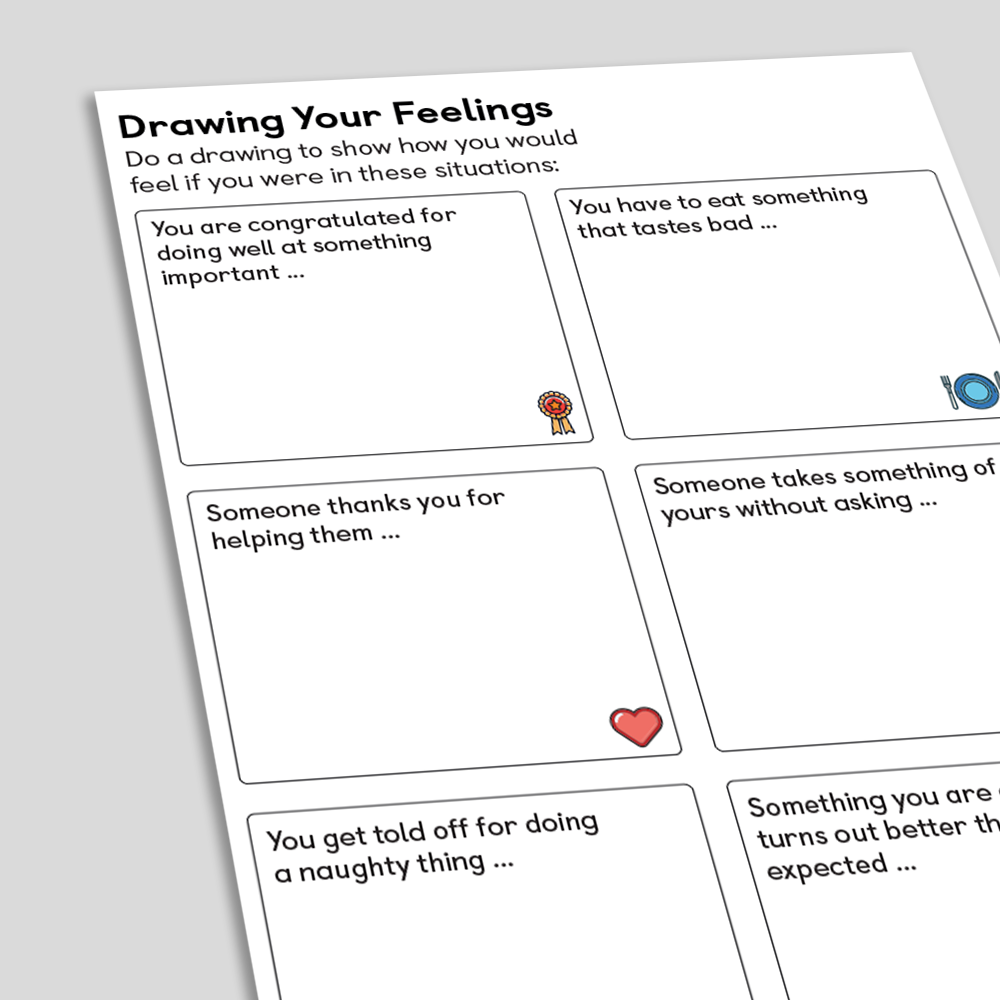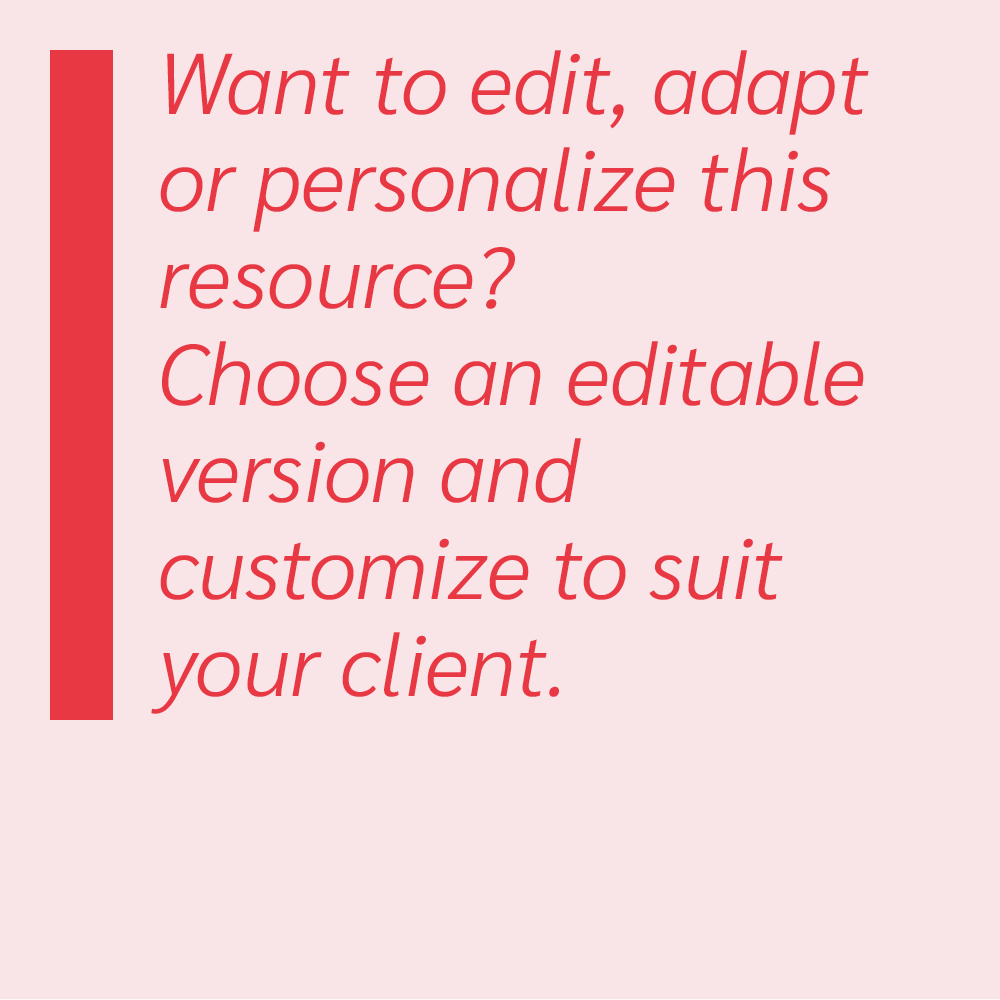Drawing Your Feelings (CYP)
Download or send
Tags
Languages this resource is available in
Techniques associated with this resource
Mechanisms associated with this resource
Introduction & Theoretical Background
Developing emotional literacy is an important skill for a child’s social and emotional development. Steiner (1984) proposes that “To be emotionally literate we need to know both what is is that we are feeling and what the causes for our feelings are. It is not sufficient to know that we are angry, guilty, happy or in love. We must also know the origin of our anger, what causes our guilt, why we are in love, and how angry, guilty or in love we are.” Similarly, Figueroa-Sánchez (2008) defines literacy as “the ability to create meaning and the ability to apply that understanding our own lives” and argues that children’s emotional readiness can be nurtured by engaging them in literacy-focused activities including narrative storytelling and games that express their feelings and emotions.
Enhancing a child’s vocabulary for their feelings is one way of helping them to understand and learn to manage
Therapist Guidance
This exercise can be introduced by the therapist as a within-session exercise, or as a homework task which can be discussed in the next session. It is helpful to inform young people that there is no ‘right answer’ but that the therapist is simply interested in how they might feel in a range of situations. As important as the drawing itself is the therapeutic discussion which the exercise can facilitate. Clients might be prompted to consider:
- “What would you feel like doing if that happened to you?”
- “What might you feel in your body if that happened to you?”
- “What expression do you think you would have on your face if you experienced that?”
- “What emotions is it OK to show at your house?”
References And Further Reading
- Figueroa-Sánchez, M. (2008). Building Emotional Literacy: Groundwork to Early Learning. Childhood Education, 84(5), 301–304.
- Steiner, C. (1984). Emotional Literacy. Transactional Analysis Journal, 14(3), 162–173.




